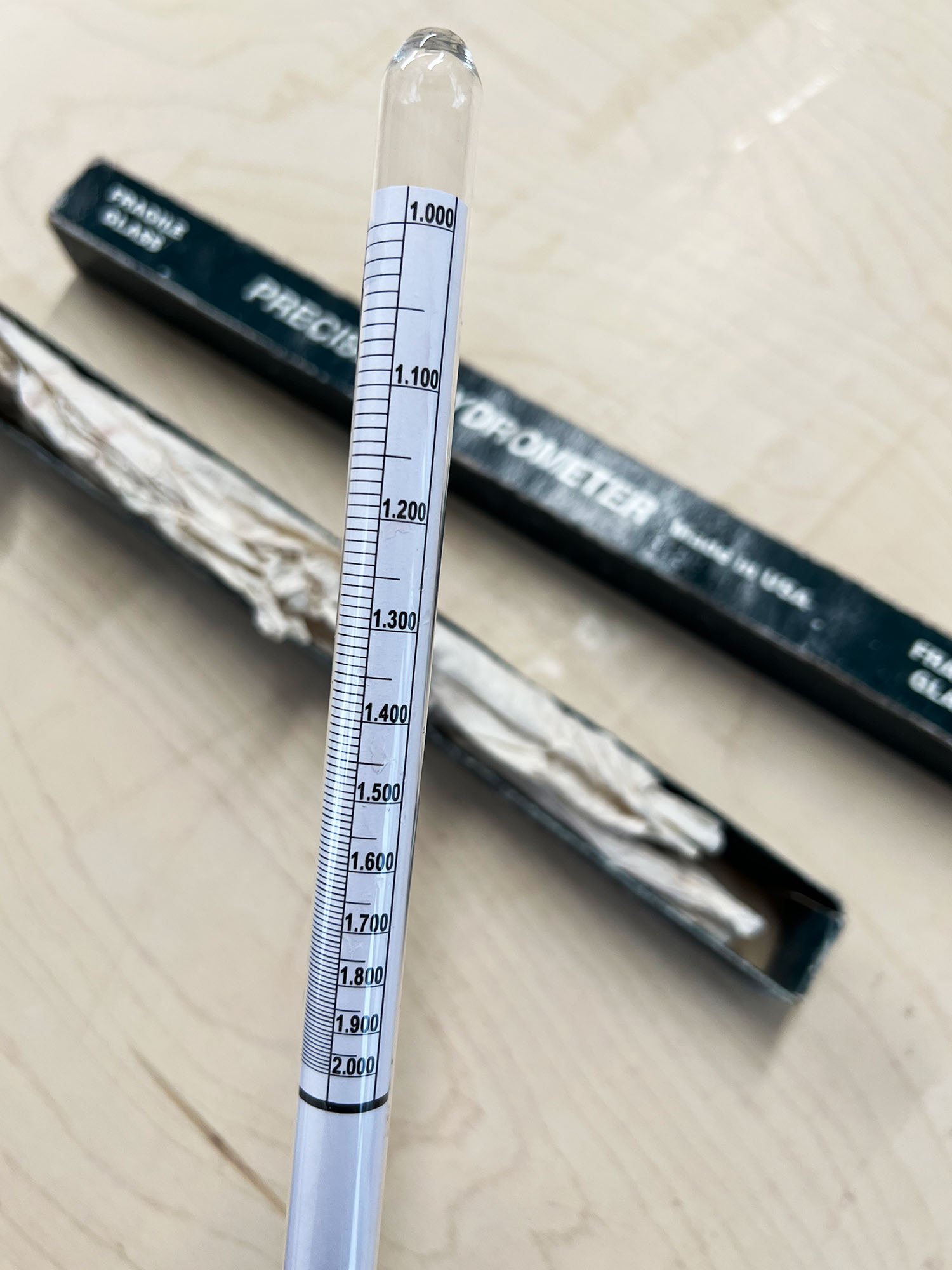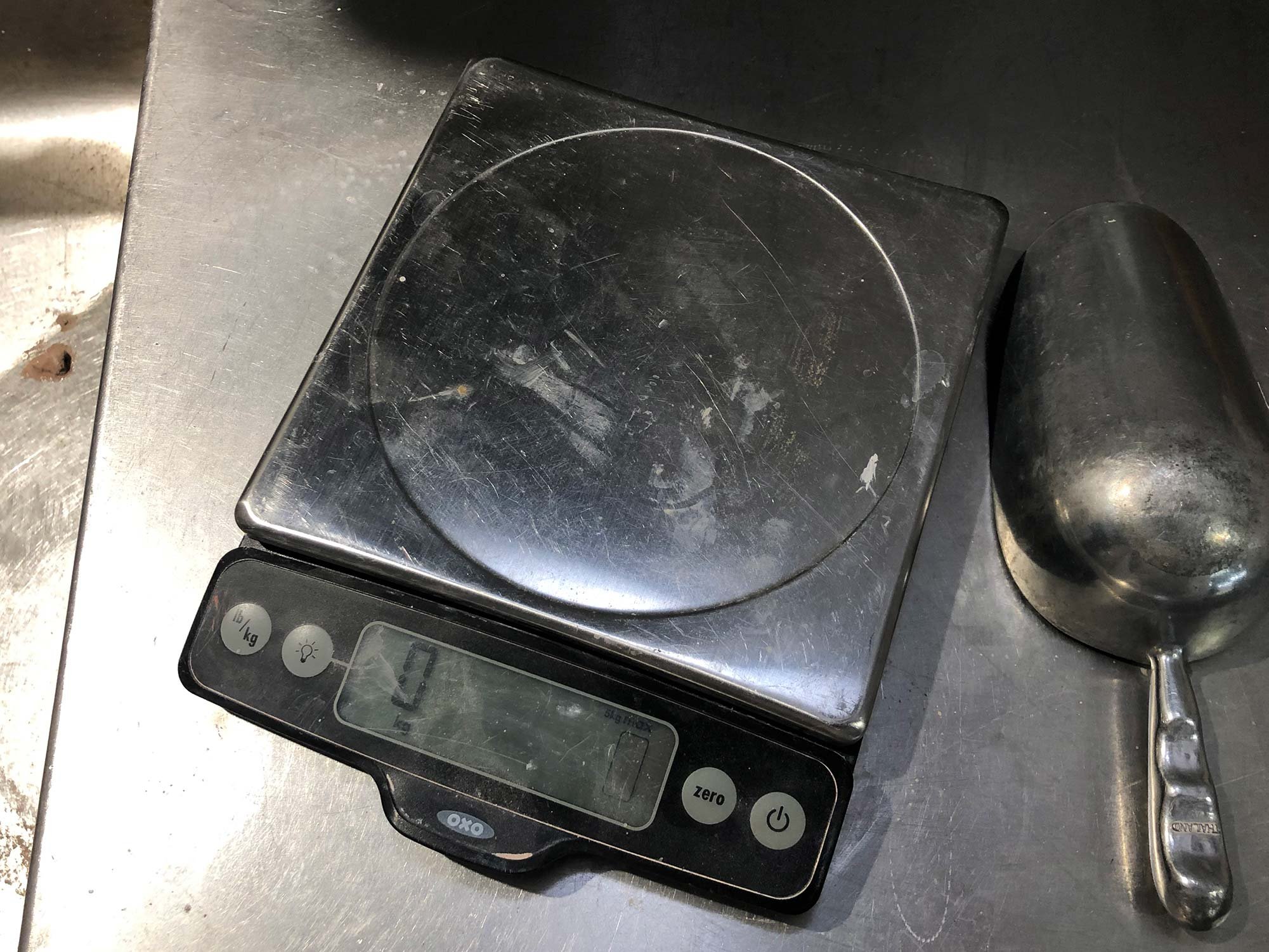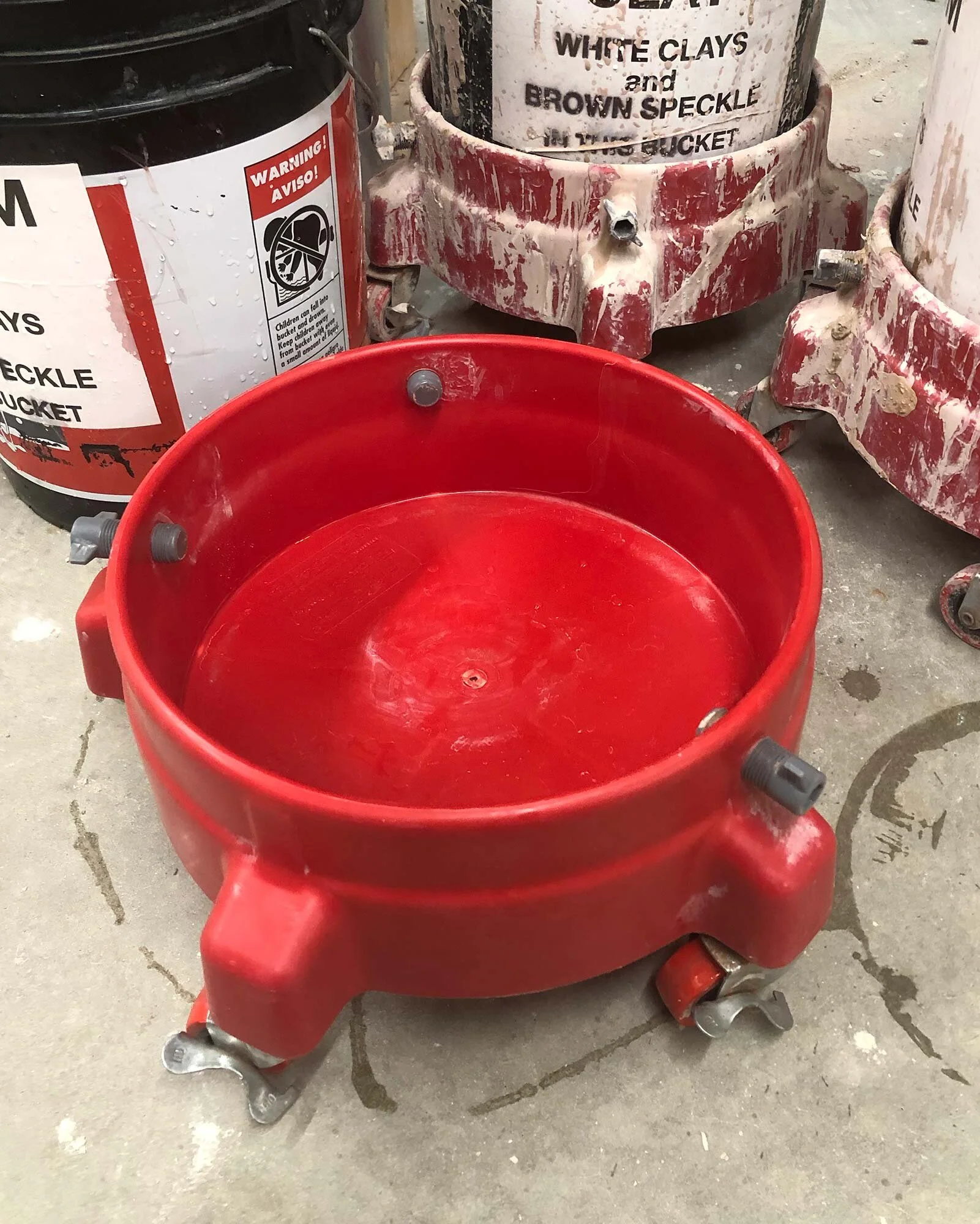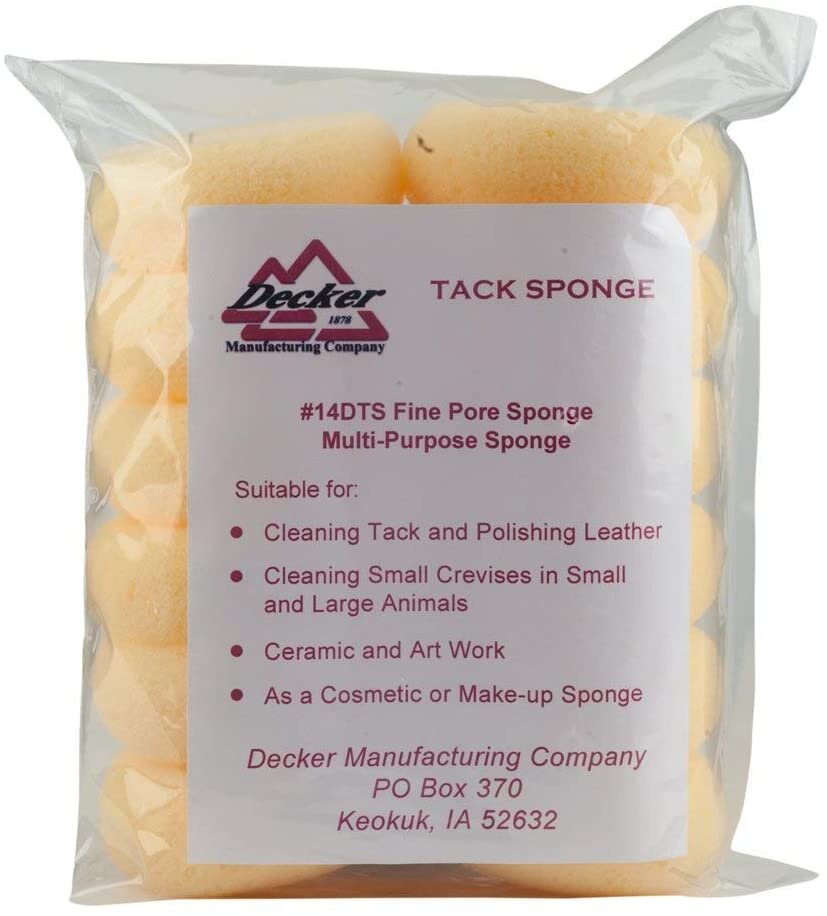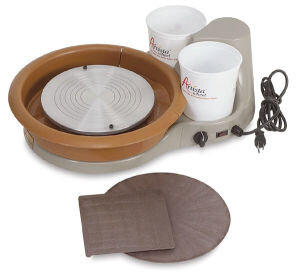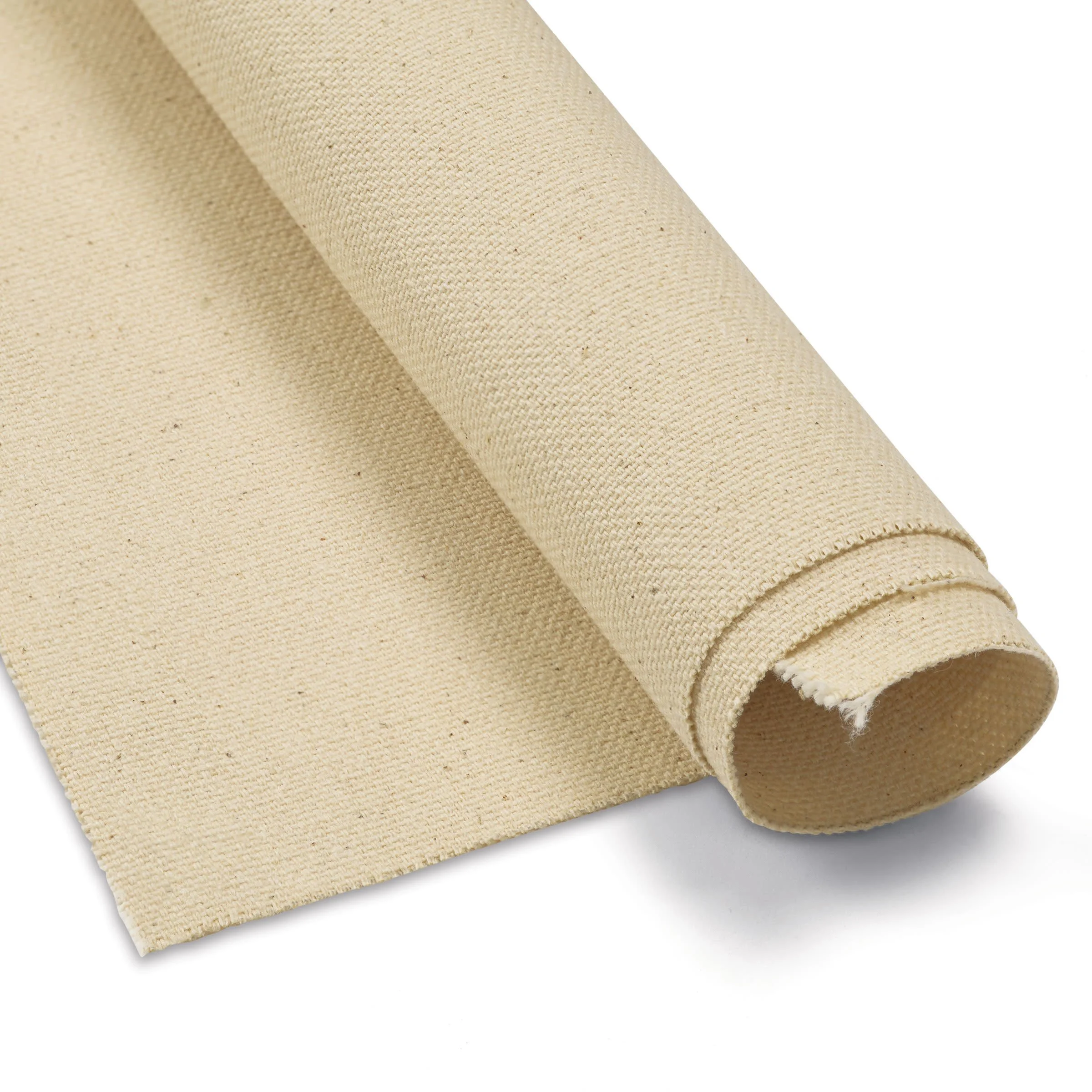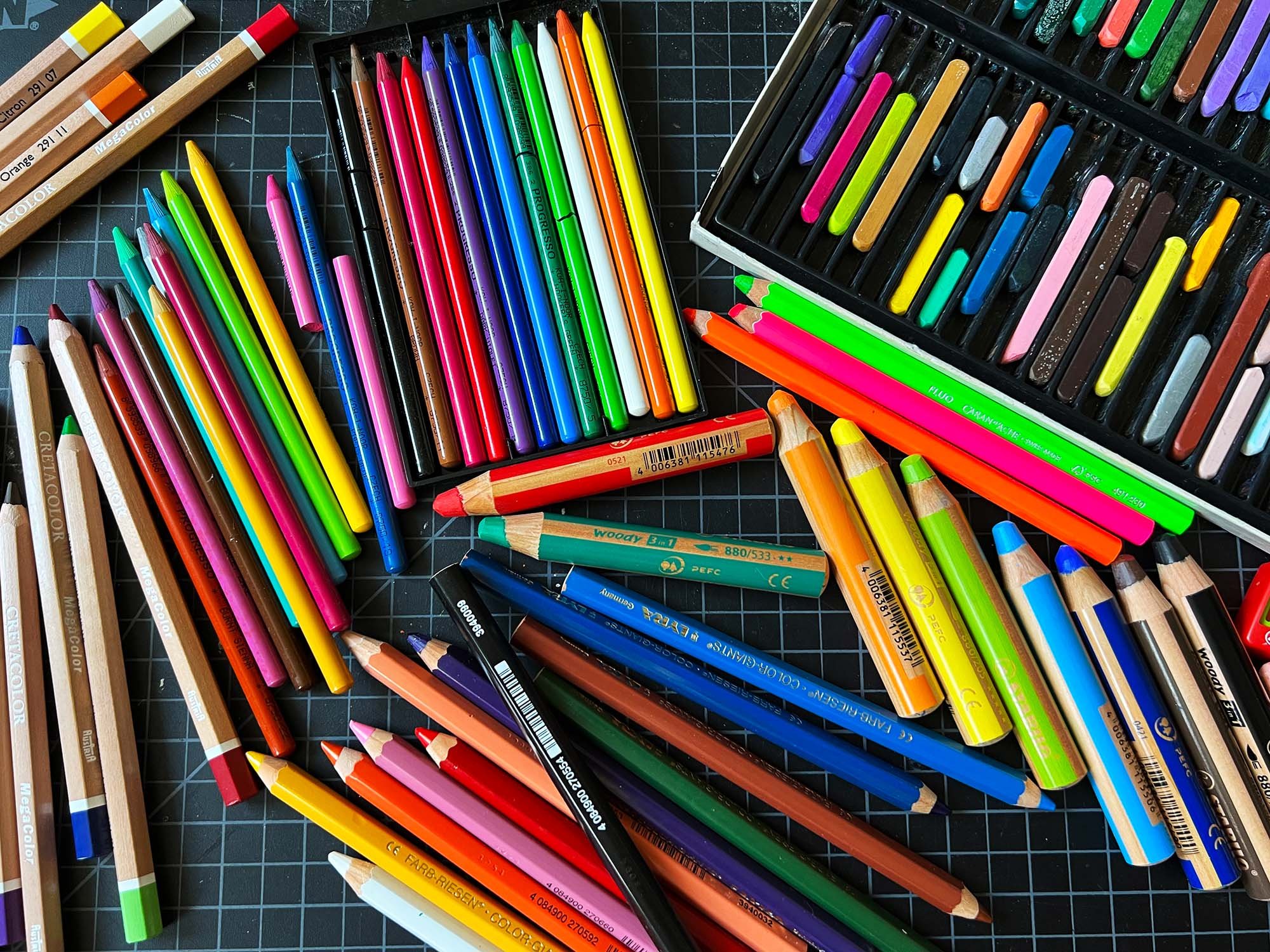A hydrometer is one of measuring the specific gravity of a glaze. For ceramic glazes, use a hydrometer that measures between 1.00 and 2.00.
Testing the specific gravity of a ceramic glaze allows you to accurately measure the ratio of dry materials to water in a glaze, or basically how “thick” a glaze is. It also allows you to maintain a glaze over time, and remix more that will be exactly the same.
Keep in mind that there is not one specific gravity for glazes, instead, each glaze will vary slightly based on the materials in the glaze and the desired application. But in general, glazes range from 1.40 to 1.60.
There are also a few methods of measuring the specific gravity of a glaze. In this post, there will be three options covered:
using a hydrometer
measuring in a graduated cylinder
measuring in a cup
Table of Contents
What is Specific Gravity?
Measuring Specific Gravity with a Hydrometer
Measuring Specific Gravity with a Graduated Cylinder
Measuring Specific Gravity with a Small Cup
Equipment Needed for Measuring Specific Gravity
Summary
What is Specific Gravity in a Glaze?
Specific gravity measures the ratio of dry materials to water in a glaze.
As an example, if you had 150 grams of dry materials mixed with 100 grams of water, your glaze would have a specific gravity of 1.50 (150 / 100 = 1.50)
Water alone has a specific gravity of 1.00 — this will be important in our calculations.
Measuring Specific Gravity with a Hydrometer
Hydrometers are fragile glass tubes with a metal weight and scale.
A hydrometer is a glass tube with a leaded weight that is designed to float and measure specific gravity. They are quick and easy to use, provided that your glaze bucket is deep enough, but they are fragile—extremely fragile. Despite this, they are my favorite way to measure specific gravity. I’ve been using the same hydrometer for years, I just make sure to not drop it and carefully wrap it in paper towels and put it in its box when not in use.
When choosing a hydrometer, make sure to pick a “heavy liquid” or “heavier than water” hydrometer, as there are a variety of hydrometers for different applications. (Shop hydrometers at Amazon)
How to Use a Hydrometer
For glazes, you will need a “heavy liquid” hydrometer that measures between 1.00 and 2.00.
After mixing a glaze, simply place your hydrometer carefully into the glaze bucket and allow it to settle, and then take a reading.
A hydrometer measuring a glaze at 1.50. In this instance, the glaze was placed in a graduated cylinder to create a tall enough column for the hydrometer to floate.
Alternately, if your glaze bucket is not tall enough, pour glaze into a graduated cylinder or smaller bucket, and then take a measurement (as pictured).
After taking your reading, adjust your glaze as needed. In general, I like to add water slowly until I reach my desired specific gravity. You may also need to wait a day and then measure again, to make sure your glaze is just how you want it.
As you use your glaze, note the results you are getting out of the kiln and adjust your glaze if needed. Taking notes really helps!
For every glaze I mix, I note the specific gravity when initially mixed. Then, if it seems to be getting thick or changing in some way (water does evaporate over time!) you can measure and adjust.
Measuring Specific Gravity with a Graduated Cylinder
If you don’t have a hydrometer, you can measure a glaze with just a graduated cylinder. Use a cylinder that can measure at least 100 milliliters and a scale. You will need a scale that is accurate to 1 gram or even better, 0.1 grams.
For this method, place your graduated cylinder or cup on a scale and zero out the scale.
Then, fill your cylinder to 100 mL and note the weight. As our calculation is (glaze weight / water alone = specific gravity) the calculation is very simple. If the glaze weighs 145, you have a specific gravity of 1.45. If it weighs 150, your s.g. is 1.50, etc.
As before, adjust your glaze as necessary after measuring, and remeasure.
Measuring Specific Gravity with a Small Cup
If you have a scale but no graduated cylinder, you can still measure specific gravity with a small cup.
The best way to do this is to put the cup on your scale, zero the scale, then fill the cup completely full with water. Note the weight of the water and write this down. Even better: write it on the cup so that you have an easy reference.
Then, empty the cup and refill it completely full with glaze and weigh. You will have to do a quick calculation to determine your specific gravity. If the glaze in the cup weighs 375 grams and the water alone in the cup weighed 250 grams, your glaze has a specific gravity of 1.50 (375 g / 250 g = 1.50).
Shop the Equipment Needed for Measuring Specific Gravity
Hydrometer
To measure the specific gravity of a ceramic glaze, you will need a “heavy liquid” hydrometer, or one that measures between 1.00 and 2.00. These are available at ceramic suppliers, or at Amazon.
Graduated Cylinder
A graduated cylinder is handy for glaze measuring, or for creating a taller column to use a hydrometer.
In my studio, I use a plastic 250 mL graduated cylinder. This is big enough that I can float my hydrometer, or use it to measure 100 mL of glaze.
Scale
In my studio, I like to use the Oxo 11 lb kitchen scale. It’s durable, accurate to 1 gram, can weigh up to 11 lbs, is easy to clean, and costs around $55. It’s a great scale at a relatively modest price.
If you want something more accurate, a check out the MyWeigh iBalance 5500. It is accurate to 0.1 grams, can weigh up to 5500 grams (approx. 12 lbs), and costs about $250.
For a complete overview of scales for ceramic studios, click here.
Summary
This post has covered three different methods of testing specific gravity in ceramic glazes, and the equipment needed to measure specific gravity. Measuring specific gravity is important for keeping glazes consistent, so that you will get repeatable results from your firings.
How do you measure specific gravity? Let us know in the comments.
